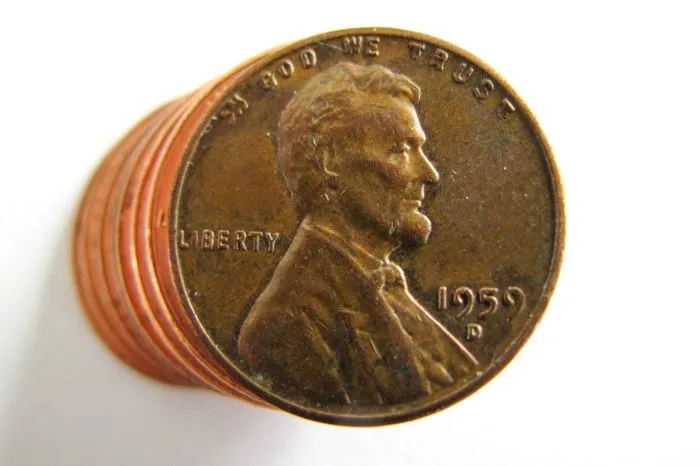Exclusive: Treasury Sounds Death Knell for Penny Production
In a significant move that will resonate throughout the American economy, the U.S. Treasury Department has announced plans to cease the production of pennies by early 2026. This decision marks the beginning of what could be the end of the one-cent coin, a fixture in American currency since its introduction in 1792. As debates on currency production and fiscal policy continue to heat up, the implications of this decision are profound, affecting everything from consumer behavior to the historical legacy of American money.
The Decision to End Penny Production
The announcement came amid growing concerns regarding the cost-effectiveness of penny production. According to the Treasury’s reports, the actual production cost of a penny now exceeds its face value. As inflation continues to rise and production expenses increase, many financial experts and lawmakers have been advocating for the phasing out of the penny. In fact, it costs approximately 2.1 cents to mint a single penny, leading to a substantial financial loss for the U.S. Mint and taxpayers alike.
A Historical Perspective
The penny has been a part of American life for over two centuries, serving both practical and symbolic purposes. Initially minted from precious metals, the penny evolved from its original composition of pure copper to a zinc and copper mix today. While its history can be celebrated, its relevance has come under scrutiny in recent decades. As digital payments become more prevalent and the prevalence of cash transactions declines, the penny is increasingly viewed as an anachronism.
The Case Against the Penny
Critics of the penny often argue that it serves little practical purpose in today’s economy. As prices have risen over the years, the penny has lost its purchasing power, with many items now costing well over a dollar. In many cases, consumers find themselves unable to use pennies effectively, leading to a pile-up of change in drawers and jars rather than facilitating transactions.
Furthermore, the environmental impact of minting coins, including the mining and energy consumption associated with producing pennies, has become a cause for concern among ecologists. Eliminating the penny could diminish the need for these resource-intensive processes, aligning more closely with sustainability goals.
Public Response and Future Changes
The decision to end penny production has elicited mixed reactions from the public. Many Americans, particularly younger generations who are accustomed to digital forms of payment, express support for this measure, viewing it as a step toward modernization. In contrast, others lament the potential loss of a long-standing tradition, recalling the nostalgic value of the coin and its role in American history.
Financial analysts suggest that the cessation of penny production will not only save costs for the government but may also influence how consumers approach rounding and transactions. Retailers may begin rounding totals to the nearest nickel, consolidating the way prices are handled at cash registers both online and in physical stores.
The Economic Implications
With the inevitability of the penny’s demise on the horizon, economists are weighing in on the potential ramifications for the economy at large. Some predict that removing the penny could lead to slight inflationary effects, as retailers adjust prices to accommodate the new rounding rule. However, others argue that these changes will be negligible over time, and the positive effects of removing a redundant coin from circulation far outweigh any potential downsides.
What’s Next for Currency Reform?
The Treasury Department’s decision regarding the penny is likely to stir discussions about the future of American currency broadly. Other denominations, especially nickels and dimes, could soon find themselves in the crosshairs of reform as policymakers and economists question their viability in the economy of the future. The long-term future of currency may not only involve physical coins and bills, but also a move toward a completely digital transaction system.
The Legacy of the Penny
If the penny is indeed destined for retirement, it’s essential to consider its place in the narrative of American currency and culture. The penny features iconic figures such as Abraham Lincoln, and its imagery has been part of countless educational lessons about money, history, and civics. The transition away from the penny may have implications for how these lessons are imparted to future generations.
As we move forward, preserving the legacy of the penny could prove essential. Some collectors and historians argue that commemorative editions could be minted even after production ceases, allowing for continued appreciation of this historical coin while aligning with modern economic needs.
Conclusion: A Future without Pennies
The U.S. Treasury’s decision to end the production of pennies symbolizes a significant shift in American monetary policy and the evolution of currency in a digital age. As we approach the planned cessation of the penny’s production in early 2026, numerous questions arise regarding the future of cash and how generations perceive currency.
The next few years will be pivotal in shaping the new landscape of American currency, and while pennies may soon become relics of the past, they remind us of an enduring history even as we move forward into what is increasingly a cashless world.







